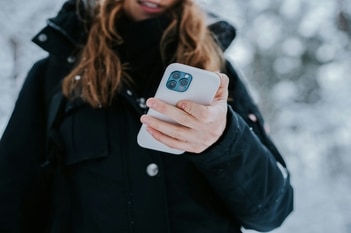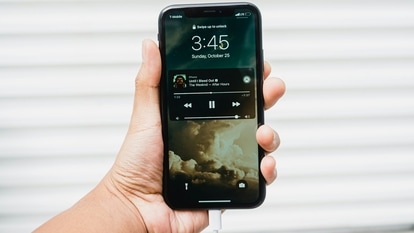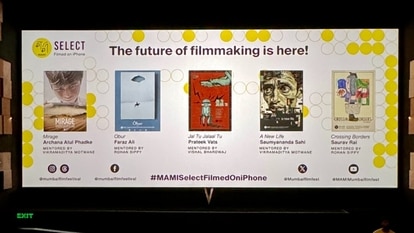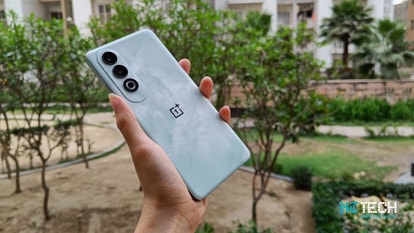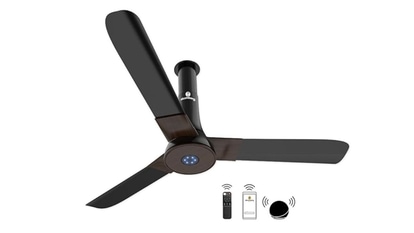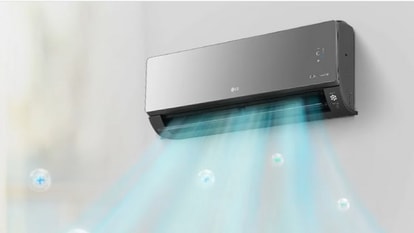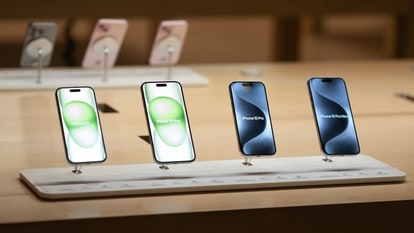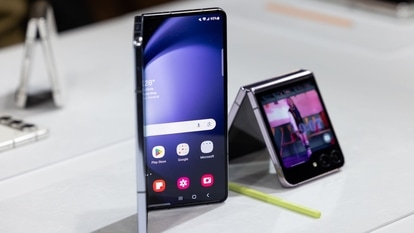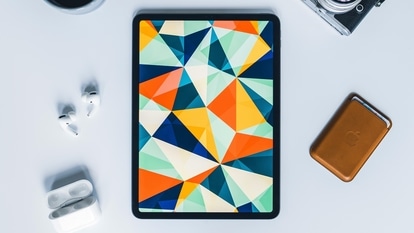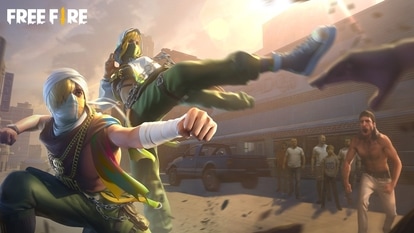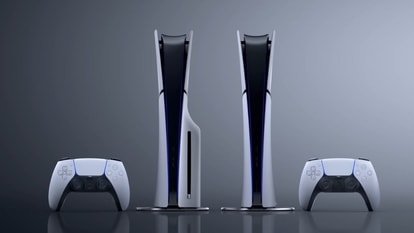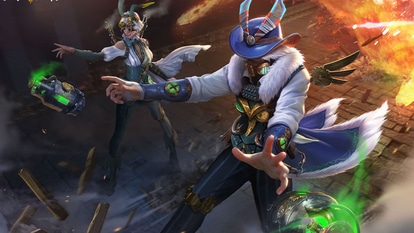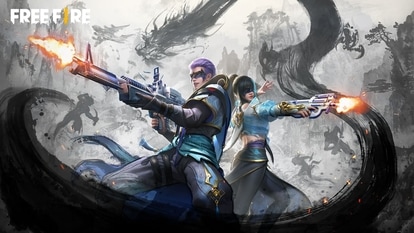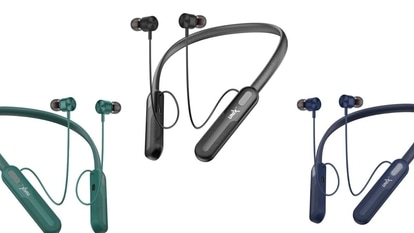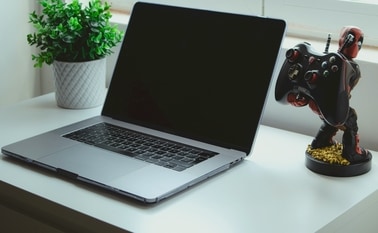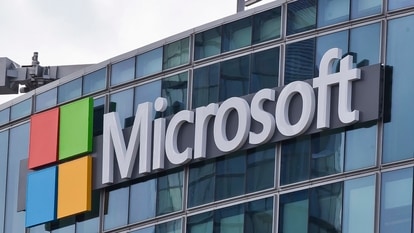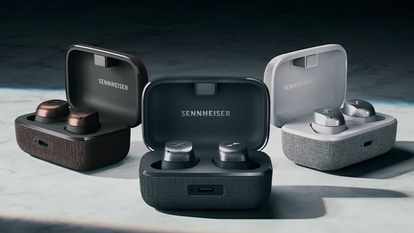Pixon Mobile Phone
Samsung's 8 MP camera phone comes as a pleasant surprise, offering plenty of multimedia fun and great technology at a cheaper pricer tag.
Samsung's 8 MP camera phone comes as a pleasant surprise, offering plenty of multimedia fun and great technology at a cheaper pricer tag.
A microSD card slot, shortcut key and screen lock button are on one side. The proprietary port is located at the top, which makes it easy to plug in the hands-free, which, incidentally, is equipped with a 3.5 mm socket and volume control for the Audio out or earphones. On the side are the Volume/Zoom and two dedicated keys - one to access the library for media (video and image only) files and the other a shutter release for the camera. An LED flash accompanies the 8 MP camera at the rear.
Interface
Samsung's TouchWiz UI with its widget system runs smoothly, and is even more responsive than the F480 (Review published on October 7, 2008 - The Wizard of touch). A few more widgets have been added, but you can't add your own shortcuts. A quick-dial option allows you to send messages and make normal and video calls to the first five in your favourites. A separate shortcut menu pops up for quick access to the more important features.
The Pixon supports handwriting recognition. You can use the full screen, boxes for various script or a simple screen divider. The alphanumeric keypad is really easy to use and switches smoothly to full QWERTY when the handset is held in landscape.
Features
Samsung's Mobile Tracker feature is also part and parcel of the Pixon's makeup. Users will also be able to view Word, Excel, PowerPoint and PDF files directly from the handset.Other standard features include the Calendar, Converter, Tasks, Calculator, and Alarm.
No application has been provided for the GPS, but Google Maps, a link to Gmail, and Google search are preloaded in a separate menu option. A geotagging feature is also available. But the Pixon doesn't have a provision for simply opting to see any particular image on Google Maps. In fact I couldn't find any GPS information tagged to any image whatsoever. Every time I selected the My Location option, it was nowhere close to where I actually was. In fact, once it showed that I was in another country altogether!
All the games have to be purchased, so you have to settle for the extremely short game play trials. Live pix is a fun application that lets you create 'works of art' like animated posters on the handset. You can save the created file as an image again or if you've added motion to some of the parts you can save it as a .SWF flash file.
Connectivity
Except for Wi-Fi, the Pixon is equipped with everything else - Bluetooth with A2DP for wireless audio streaming and file transfer, USB 2.0 for data transfer from the PC, EDGE and GPRS for Internet access and 3G (with HSDPA). The browser can switch orientation depending on how the handset is held and it also has an option for full screen viewing. It supports flash, which is a very good thing and it's quite easy to navigate and use. POP and IMPA email accounts can be set up easily and images can be uploaded via a ShoZu account.
Video
The Pixon supports DivX, XviD, H.263 and H.264, WMV and MP4 formats. You'll have to make sure the audio bit rate level is high enough, as the video player tends to sound a bit low. The handset's accelerometer works well, and videos look good on the display. Samsung has also included a video editor application that allows users to edit and create slideshows of images and videos captured via the handset's camera. But it doesn't support all file types.
Images
The image browser sorts out the files by their name and flick control can also be used to navigate the files themselves. The most innovative part is that it can be adjusted to sort out images via colours and put a time to the the images taken. The flick control is smooth but Samsung has also utilised the accelerometer. By tilting the handset to the right, images will flow in that direction and the same goes for when it's tilted in the other direction.
The biggest glitch is that this is only available from the photo browser section and this section will not let you view the image in any other mode except landscape. Turn the handset and the images start to scroll. But if you view the images from the My Files section, you can flick to go to the next and even rotate the image 360 degrees by simply turning the handset.
Face tagging helps you tag a person in an image (like you would on Facebook) and link them to all the information in the phonebook under that person's details. It even retains the recognition to such an extent that it will locate the same face in multiple images of the same person so you can click on the tag and either send a message to that individual or make a call. It's extremely impressive and worked without a hitch. You can also select a Face Link option directly from the camera so it focuses on the person or person's face and allows you to tag the information from there itself.
Camera
I loved using the 8 megapixel autofocus camera on the Pixon. It takes about 6 seconds to start up, but it's rich with features and settings galore. Aside from the auto stitch Panorama mode which works without a hitch, it also allows you to choose the direction you wish to take the shot in. Other features include WDR (Wide Dynamic Range), Image Stabilisation, White Balance, Exposure and Smile and Face detection technology with Face Tagging as well.
Even in cloudy conditions, the level of detail the camera manages to pick up in a cluttered scene is pretty good.
I've always been impressed with Samsung digicams and their Night Mode. The Pixon doesn't disappoint in this instance either, provided the camera is absolutely stable when taking a picture.
Audio
The music player could have used a customisable EQ setting but the WOW presets work just fine. The handset has a 5.1 channel, SRS sound engine on board that sounds awesome when hooked up to a supporting audio system. Playlists can be created on the handset itself. Although the decibel level is a tad low, the audio quality is clear and well balanced. In-ear earphones accompany the Pixon.
The Stereo FM radio (with RDS) works reasonably well with decent reception even on the commute. It has a built-in recording feature as well. The Pixon also has a voice recording feature. Like Sony Ericsson's TrackID, Samsung has Music Recognition to record sections of audio and send it to an online database for information on the said track.
Battery
The battery life was the biggest disappointment. However, I'm willing to chalk it up to this one test piece I received. I had to charge the handset on a daily basis even with minimal use. Talktime was a joke at just a little over 1 hour before the handset required charging. I'm sincerely hoping that this is not an issue you will face with a brand new handset.
Verdict
The M8800 Pixon costs ₹28,750, which was a pleasant surprise considering their last 8 megapixel camera handset was a whopping ₹46,000. But the INNOV8 did come with 46 GB of space and features like Wi-Fi. The Pixon doesn't have either.
It has 200 MB on internal memory and no memory card is included. With no Wi-Fi, GPS software, bundled memory card and free (full) games, it's a good thing it costs lesser than its predecessor. It's equipped with great technology and is plenty of fun to use for multimedia. If you've saved enough and love your photos, I'd say, go for it.
Catch all the Latest Tech News, Mobile News, Laptop News, Gaming news, Wearables News , How To News, also keep up with us on Whatsapp channel,Twitter, Facebook, Google News, and Instagram. For our latest videos, subscribe to our YouTube channel.



